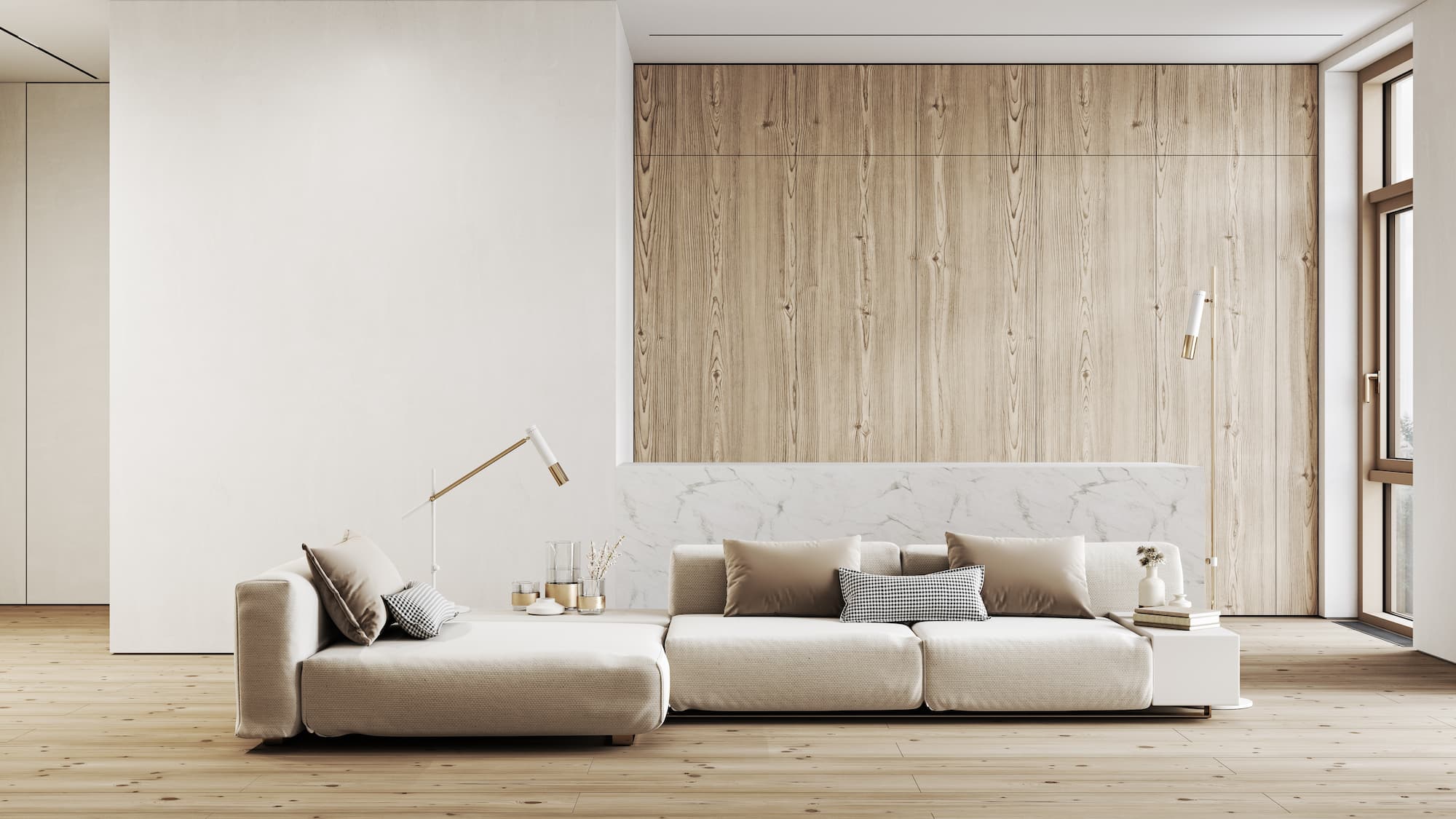Change Your Home With Crucial Concepts of Interior Decoration and Looks
The art of transforming your home via the crucial concepts of interior design and appearance calls for a thoughtful strategy that balances color, equilibrium, and spatial recognition. By comprehending the effect of color concept and the significance of appearance and patterns, one can create areas that are not only visually enticing but likewise deeply individual. Achieving this equilibrium involves greater than mere decoration; it includes a calculated arrangement and a keen understanding of just how each component communicates within a room. As we explore these fundamental principles, consider exactly how they might redefine your understanding of home and personal expression.
Comprehending Shade Theory
Understanding the concepts of shade theory permits designers to produce rooms that reverberate psychologically with residents while meeting functional requirements. Each classification plays a critical function in developing consistency within an area.
The mental effect of colors is profound; cozy colors such as reds and oranges evoke energy and warmth, while awesome tones like blues and eco-friendlies advertise calmness and tranquility. The use of complementary shades improves visual passion, creating striking contrasts that can elevate a space's appeal.
Neutral shades, on the various other hand, act as a flexible background, permitting various other style aspects to beam. It is necessary to consider elements such as illumination and the area's objective when picking a shade palette, as these can change the understanding of colors throughout the day.
Inevitably, a well-considered color design can change a room, promoting a sense of convenience and style that aligns with the citizens' preferences. Proficiency of color theory is, therefore, an essential ability for any indoor developer intending to create harmonious and inviting environments.
Attaining Balance in Layout
Exactly how can developers accomplish a feeling of stability in their rooms? Attaining balance in design is fundamental to developing harmonious insides.
Asymmetrical balance, on the other hand, counts on varying aspects that still accomplish a cohesive appearance. This approach permits even more dynamic and informal arrangements, giving rate of interest while keeping stability. By thoroughly picking varying sizes, shades, and structures, designers can develop an aesthetically compelling room that feels balanced yet energetic.
Radial equilibrium stresses a central prime focus with components emitting external. This style is commonly seen in round designs, where furniture and decor develop a cohesive border that attracts the eye inward.
Eventually, achieving balance needs thoughtful consideration of scale, percentage, and the connections in between aspects. interior design firms. By masterfully using these equilibrium principles, designers can transform areas right into environments that feel both aesthetically pleasing and functionally harmonious, improving the general experience for residents
Significance of Spatial Understanding

A keen sense of spatial understanding enables developers to determine focal factors within an area, directing the audience's focus to vital features while maintaining an overall sense of unity. It likewise helps in the calculated positioning of lights, which can dramatically influence the perception of area and mood. Moreover, recognizing spatial partnerships makes it possible for the developer to accommodate the details demands of citizens, guaranteeing that each area serves its intended objective without endangering aesthetics.
Ultimately, spatial recognition is critical for making best use of the possibility of any type of interior room. By meticulously thinking about the interplay between dimensions, format, and feature, designers can develop atmospheres that not only meet functional demands but additionally evoke a feeling of comfort and beauty, boosting the general living experience.
Incorporating Structure and Patterns
Embracing a varied variety of appearances and patterns can substantially improve the visual and responsive appeal of an indoor space. The critical use of various products-- such as wood, metal, textile, and stone-- develops depth and passion, making a space really feel much more welcoming and dynamic. Integrating smooth surface areas with harsh structures can develop an equilibrium that attracts the eye and engages the detects.
When incorporating patterns, check over here take into consideration both scale and repeating. Huge patterns can serve as prime focus, while smaller sized, subtle layouts can enhance other aspects check my site without frustrating the space. Layering patterns, such as pairing floral paddings with striped throws, includes intricacy and a feeling of consistency if performed attentively.
It is likewise vital to preserve a natural color combination, ensuring that structures and patterns interact rather than compete for attention. By selecting a few essential textures and patterns, you can create an unified visual that mirrors your individual style while improving the general atmosphere of the room. Ultimately, the careful unification of these components can transform a mundane space right into an innovative atmosphere rich with personality and heat.
Customizing Your Area
Creating a room that shows your personality is vital to attaining a genuinely inviting environment. Customization in indoor design permits you to infuse your unique style and interests into your home, changing it from a simple shelter right into a haven that talks with that you are. Begin by choosing a color scheme that resonates with your feelings-- bold hues can stimulate, while soft tones provide tranquility.
Include artwork and style that reflect your interests, whether it be travel, nature, or abstract principles. Presenting personal collections, such as publications, photographs, or mementos, can evoke treasured memories and develop centerpieces within a space. In addition, think about tailoring practical items, like upholstered furniture, to line up with your visual preferences.

Conclusion
To conclude, the change of a home via the crucial concepts of interior decoration and aesthetic appeal requires a thorough understanding of shade concept, balance, spatial understanding, appearance, and personalization. Each aspect adds substantially to producing an unified and useful living setting - miami interior design. By thoughtfully incorporating these principles, individuals can enhance the visual charm and psychological vibration of their rooms, eventually cultivating a home that mirrors distinct identities while offering comfort and functionality